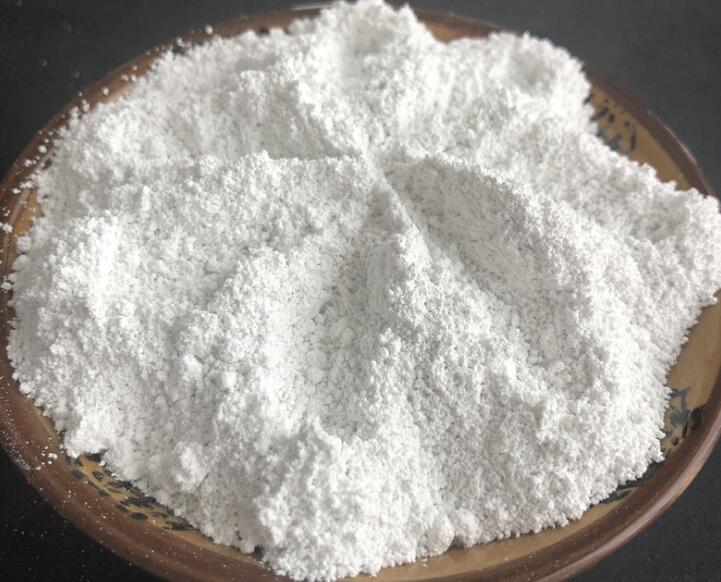Hydrothermal treatment to optimize magnesium hydroxide microcrystals: the key to improving flame retardant PP performance
In the field of materials science, magnesium hydroxide (Mg(OH)2) has become an ideal flame retardant for polymer materials such as polypropylene (PP) due to its excellent flame retardant properties and environmental friendliness. However, the microstructure and properties of magnesium hydroxide are critical to its application in PP. As an advanced modification technology, hydrothermal treatment can effectively improve the microcrystalline structure of magnesium hydroxide, thereby improving its flame retardant performance in PP. This article will explore how hydrothermal treatment optimizes magnesium hydroxide crystallites and analyzes its impact on the properties of flame-retardant PP.
Optimization of magnesium hydroxide microcrystalline structure by hydrothermal treatment
Hydrothermal treatment is a chemical treatment process performed under high temperature and high pressure conditions, which can significantly improve the crystal structure and morphology of magnesium hydroxide. By accurately controlling the temperature and time of hydrothermal treatment, the growth of magnesium hydroxide crystals, especially the growth of the (001) crystal plane, can be promoted, thereby obtaining magnesium hydroxide crystallites with large grains and uniform distribution. This optimized microcrystalline structure helps improve the dispersion and compatibility of magnesium hydroxide in the PP matrix.
Hydrothermal treatment improves the flame retardant properties of magnesium hydroxide

Hydrothermally treated magnesium hydroxide has better dispersibility and can be more evenly dispersed in the PP matrix, thereby improving the flame retardant properties of the material. Experimental data shows that the oxygen index of PP composites modified by hydrothermal treatment with magnesium hydroxide is significantly increased, the peak temperature of thermal decomposition increases, and the enthalpy value of the thermal decomposition reaction shows an upward trend. These are obvious signs of improved flame retardant properties. .
Hydrothermal treatment improves mechanical properties of magnesium hydroxide
In addition to improving the flame retardant properties, hydrothermal treatment also has a positive impact on the mechanical properties of magnesium hydroxide filled PP composites. Modified magnesium hydroxide can improve the mechanical properties of composite materials, such as a significant increase in impact strength and elongation at break, which helps maintain or even improve the overall performance of the material.
Hydrothermal treatment technology provides an effective way to modify magnesium hydroxide. By optimizing its microcrystalline structure, it not only improves the flame retardant properties of magnesium hydroxide, but also improves its mechanical properties in PP. The application of this modification technology provides new possibilities for the development of safer and more environmentally friendly flame-retardant PP materials, meeting the market's demand for high-performance flame-retardant materials. As the demand for environmentally friendly flame-retardant materials continues to grow, the market prospects for hydrothermal treatment modified magnesium hydroxide will be broader.








